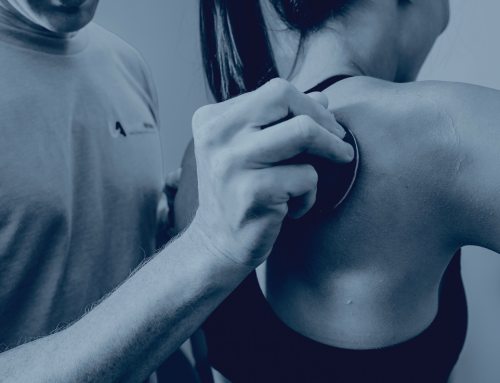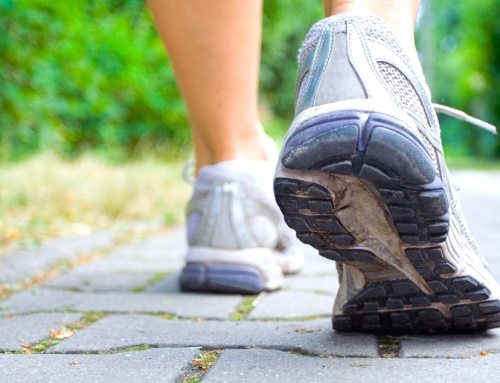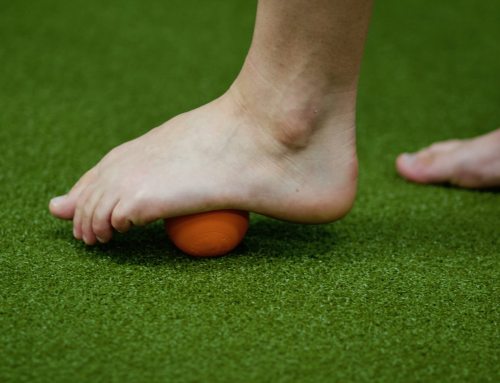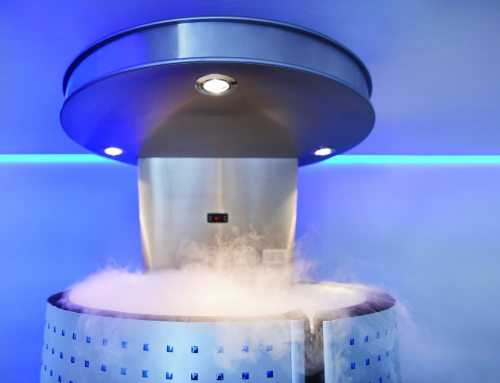
Exercise to Relax
Harvard Health Publications
Rest and relaxation. The two don’t always go together. It is true that you can regroup and recharge with a little rest and a break from your hectic life. But, perhaps surprisingly, physical activity and exercise can go a long way toward taking the edge off stress and anxiety and helping you relax.
How exercise relieves stress and anxiety
Regular aerobic exercise brings remarkable changes to your body, your metabolism, your heart, and your spirits. It can exhilarate and relax, provide stimulation and calm, counter depression, and dissipate stress. It’s a common experience among endurance athletes and has been verified in clinical trials that have successfully used exercise to treat anxiety disorders and clinical depression.
How can exercise help with problems as difficult as anxiety and depression? There are several explanations, some chemical, others behavioral.
The mental benefits of aerobic exercise have a neurochemical basis. Exercise reduces levels of the body’s stress hormones, such as adrenaline and cortisol. It also stimulates the production of endorphins, chemicals in the brain that are the body’s natural painkillers and mood elevators. Endorphins are responsible for the “runner’s high” and for the feelings of relaxation and optimism that accompany many hard workouts.
Behavioral factors also contribute to the emotional benefits of exercise. As your waistline shrinks and your strength and stamina increase, your self-image will improve. You’ll earn a sense of mastery and control, of pride and self-confidence.
Exercise and sports also provide opportunities to get away from it all and to either enjoy some solitude or to make friends and build networks. Exercise is play and recreation; when your body is busy, your mind will be distracted from the worries of daily life and will be free to think creatively.
Almost any type of exercise will help. Many people find that using large muscle groups in a rhythmic, repetitive fashion works best; call it “muscular meditation,” and you’ll begin to understand how it works. Walking and jogging are prime examples. Even a simple 20-minute stroll can clear the mind and reduce stress. But some people prefer vigorous workouts that burn stress along with calories. That’s one reason elliptical machines are so popular. And the same stretching exercises that help relax your muscles after a hard workout will help relax your mind as well.
Adding relaxation to rest
Stressed muscles are tight, tense muscles. By learning to relax your muscles, you will be able to use your body to dissipate stress.
Muscle relaxation takes a bit longer to learn than deep breathing. It also takes more time. But even if this form of relaxation takes a little effort, it can be a useful part of your stress-control program. Here’s how it works:
Progressive muscle relaxation is best performed in a quiet, secluded place. You should be comfortably seated or stretched out on a firm mattress or mat. Until you learn the routine, have a friend recite the directions or listen to them on a tape, which you can prerecord yourself.
Progressive muscle relaxation focuses sequentially on the major muscle groups. Tighten each muscle and maintain the contraction 20 seconds before slowly releasing it. As the muscle relaxes, concentrate on the release of tension and the sensation of relaxation. Start with your facial muscles, then work down the body.
Forehead: Wrinkle your forehead and arch your eyebrows. Hold; then relax.
Eyes: Close your eyes tightly. Hold; then relax.
Nose: Wrinkle your nose and flare your nostrils. Hold; then relax.
Tongue: Push your tongue firmly against the roof of your mouth. Hold; then relax.
Face: Grimace. Hold; then relax.
Jaws: Clench your jaws tightly. Hold; then relax.
Neck: Tense your neck by pulling your chin down to your chest. Hold; then relax.
Back: Arch your back. Hold; then relax.
Chest: Breathe in as deeply as you can. Hold; then relax.
Stomach: Tense your stomach muscles. Hold; then relax.
Buttocks and thighs: Tense your buttocks and thigh muscles. Hold; then relax.
Arms: Tense your biceps. Hold; then relax.
Forearms and hands: Tense your arms and clench your fists. Hold; then relax.
Calves: Press your feet down. Hold; then relax.
Ankles and feet: Pull your toes up. Hold; then relax.
The entire routine should take 12 to 15 minutes. Practice it twice daily, expecting to master the technique and experience some relief of stress in about two weeks.
# # #
Harvard Health Publications is the publishing division of the Harvard Medical School of Harvard University, under the direction of Dr. Anthony Komaroff, editor in chief. The goal of their publications is to bring people around the world the most current health information that is authoritative, trustworthy, and accessible, drawing on the expertise of the 9,000 faculty physicians at Harvard Medical School.





